10 things we learned from the FIBA U16 Asian Championship
FOSHAN (FIBA U16 Asian Championship) - Australia have claimed their crown and all championship photos taken, but before we close the book on the FIBA U16 Asian Championship, let's see what we've learned.
FOSHAN (FIBA U16 Asian Championship) - Australia have claimed their crown and all championship photos taken, but before we close the book on the FIBA U16 Asian Championship, let's see what we've learned.
1) There is no stopping Australia.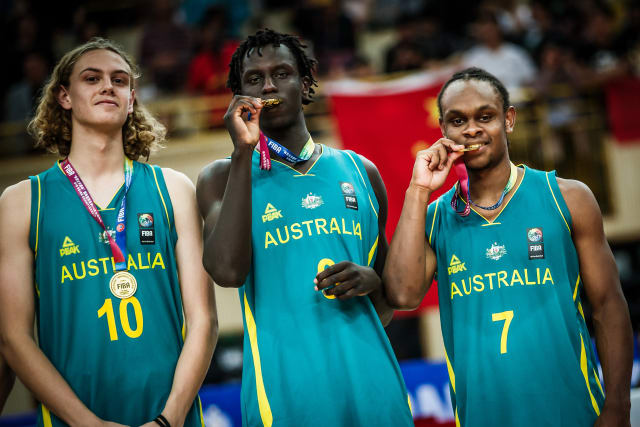
The Aussies swept their way to the title in emphatic fashion. They beat their opponents by an average of 30.2 points, with their win against Korea the only one going relatively down-the-wire. Australia also showed they're not a two or three-man team. Sure, they have some big names like Wani Swaka Lo Buluk (Mr. Clutch!) and Tamuri Wigness (Next Kyrie?), but so many other guys were flat out impressive like Luke Travers, Luke Jackson and Kobe Williamson to name a few. Given their development program, it seems there may be no stopping Australia for years to come.
2) Kai could be the next Yao.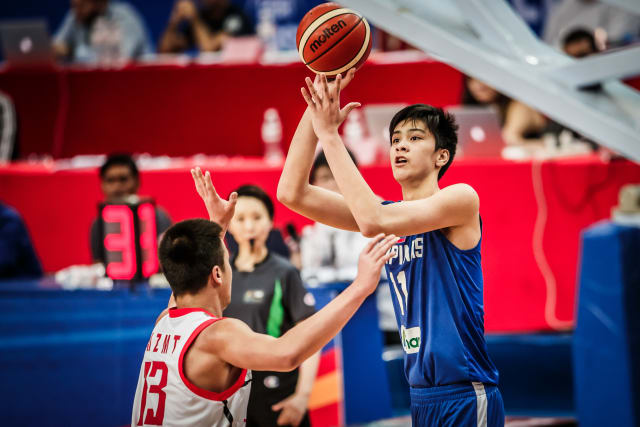
As good as Australia are, though, the tournament's best player did not play for them. By the competition's end, the player with the highest efficiency rating was the Philippines' own celebrated center Kai Sotto. The 7ft 1in (2.16m) Filipino giant may have fallen short of carrying the Philippines to a podium finish, but he certainly caught the attention of everyone who saw him play after norming 16.8 points, 13.5 rebounds and 2.5 blocks per game. It's rare for a 15-year-old Asian to be his size, but it's even rarer for someone his size to have the skills he has shown this past week. If his growth, development and maturity don't get derailed, Kai could be Asia's next Yao Ming.
3) China changed the way they play.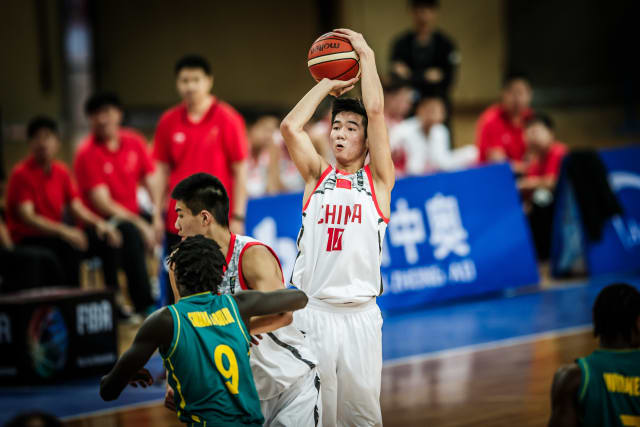
Speaking of Yao, he was watching intently from the sidelines as China romped through their first four games only to be dealt a big blow in the Final by Australia. Still, there's no shame in finishing second, especially since the Chinese returned to the Final after they missed it in 2015. What's interesting about China, however, is how their play style has changed. Gone are the days they'd be almost exclusively dependent on their dominant centers. Now it's their guards doing much of the damage - guys like Lu Pengyu, Xierzhati Saimaiti, Chen Pengyudi and, of course, super scorer Sun Haoqin. Whether this trend continues, though, remains to be seen.
4) So did the Philippines.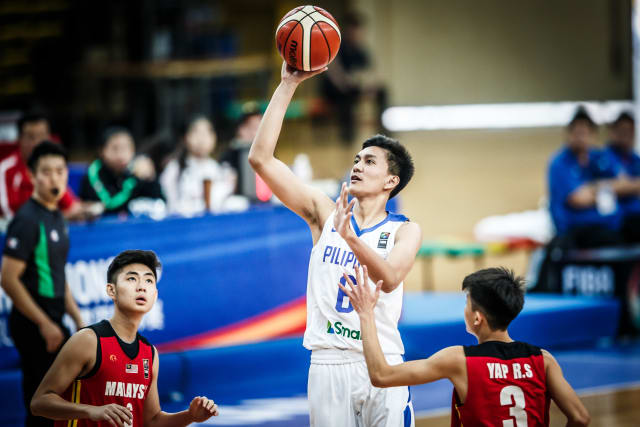
Speaking of changing play styles, the Philippines looked like a different animal in this tournament. In past U16 competitions, the Filipinos would be powered by their guards and wingmen, but this time around it was crystal clear that their offense revolved around their prized center Kai Sotto and even other giants like 6ft 7in (2.00m) Raven Cortez and 6ft 8in (2.03m) Geo Chiu. Their sets were predicated on giving their bigs the chance to get the ball in the low block, which is something we've never seen before from them. It had mixed results, to be quite honest, but at the end of the day, they still qualified for #FIBAU17.
5) New Zealand are not just the "other" Oceania team.
When people of think of Oceania basketball, it's almost exclusively centered around how good Australia is, but New Zealand have had their moments, too. Their U18 team knocked out the Aussies in the U18 Oceania Championships 2016 to qualify for the FIBA U19 Basketball World Cup 2017, and now their U16 Tall Blacks have also qualified at the world level as they will play at the FIBA U17 Basketball World Cup 2018 in Argentina. The Kiwis have shown that they are not a team to be overlooked - not by a long shot. Their wins over Iran and the Philippines and their finishing third place are all testaments to how strong this team is.
6) Don't take India's talent for granted.
India may have been the first team officially eliminated after the group phase, but don't take some of their talented players for granted, most notably their twin towers Princepal Singh and Harsh Tomar. Singh had one of the highest efficiency ratings in the tournament at 20.0, while Tomar was one of only three players to average a double-double (the other two being Sotto and Singh). The fact that both Singh and Tomar are still this young and possibly still growing boggles the mind, and it'll be interesting to see how they progress up the rungs of the Indian national basketball program.
7) Iran are on the up and up again.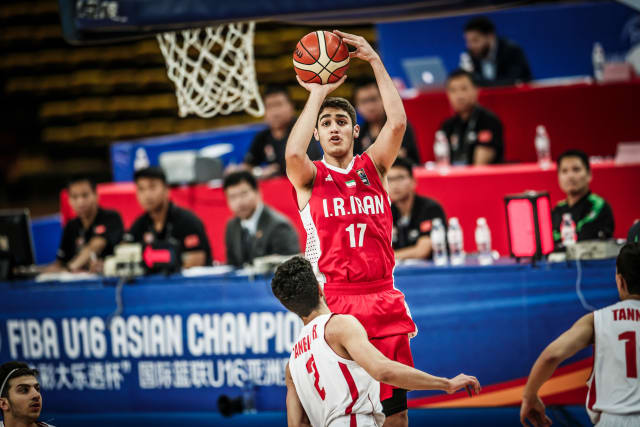
Iran failed to reach their target of finishing among the top three teams here in Foshan, but they still made some noise, especially after topping Group C. Sure, they faltered in the Quarter-Finals against New Zealand, but they still served notice that they are a team to be taken seriously. They have a few players who may be good enough to move up to the senior national team in a handful of years, namely Matin Aghajanpour, Jalal Agha Miri and Amirhossein Yazarloo, and that means they are on the up and up again in U16 Asian hoops.
8) Japan have some studs coming up.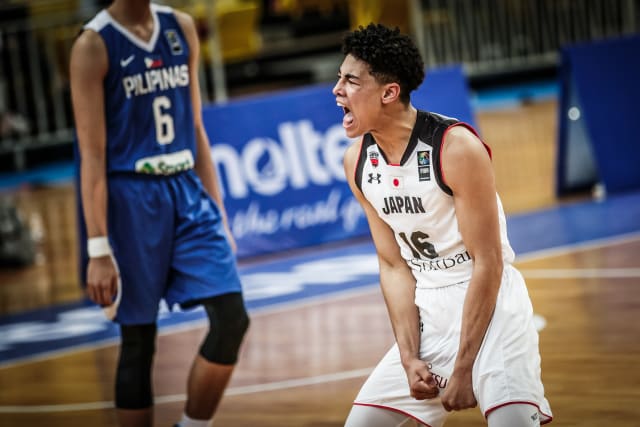
Japan have always done well at the U16 level, and though this 6th place finish is their worst since 2009, it is still worth noting that there are some studs on this roster. The one who stands out, of course, is the much hyped Chikara Tanaka, who, honestly, still has a long way to go but who has also displayed flashes of utter brilliance (see: Quarter-Finals). Keisei Tominaga was among the tournament's deadliest three-point shooters, while Seishin Yokochi, Yuki Kawamura and Takuto Nakamura were among the finest playmakers.
9) Wigness ain't Kyrie... yet.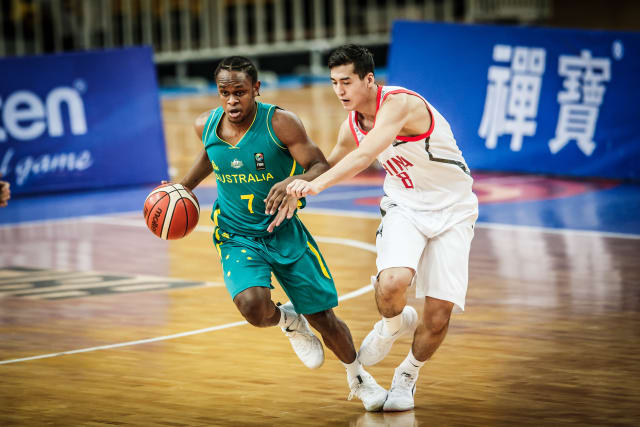
Yes, after finally watching Tamuri Wigness in the flesh, one may be forgiven for saying he's far from being the next Kyrie Irving, but we should take it easy on the kid. He still has a lot to achieve in his budding career and though he was a little inconsistent, when he turned it on, boy was it on. In Australia's last two matches - arguably their most important fixtures - Wigness flipped the switch, averaging 22.5 points, 4.0 rebounds, 5.0 assists,2.0 steals and 2.0 triples per contest while shooting 65.5% from the field. Whew! If that kind of production isn't at the very least approaching Kyrie levels, then you may need to get your head checked.
10) Some scorers to watch.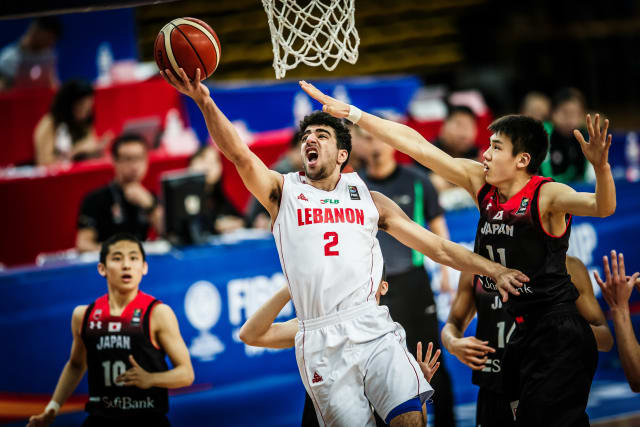
Lebanon's Fadi El Khatib has already hung his international basketball kicks and pretty soon Syria's Micheal Madanly will do the same, but coming up are a few young players who could inherit their mantle as superb scorers. These are Iran's Matin Aghajanpour, China's Sun Haoqin and Lebanon's Rayan Zanbaka. Those are the three leading scorers of the tournament, and none of them have met a shot they didn't like. In a handful of years, Matin could be taking Mohammad Jamshidi's place, Sun could be replacing Ding Yanyuhang and Zanbaka could be running with Wael Arakji at the senior level. Keep your eyes peeled because if you smell smoke coming from any FIBA Asia basketball court, it may be because any of these three is on fire.
FIBA